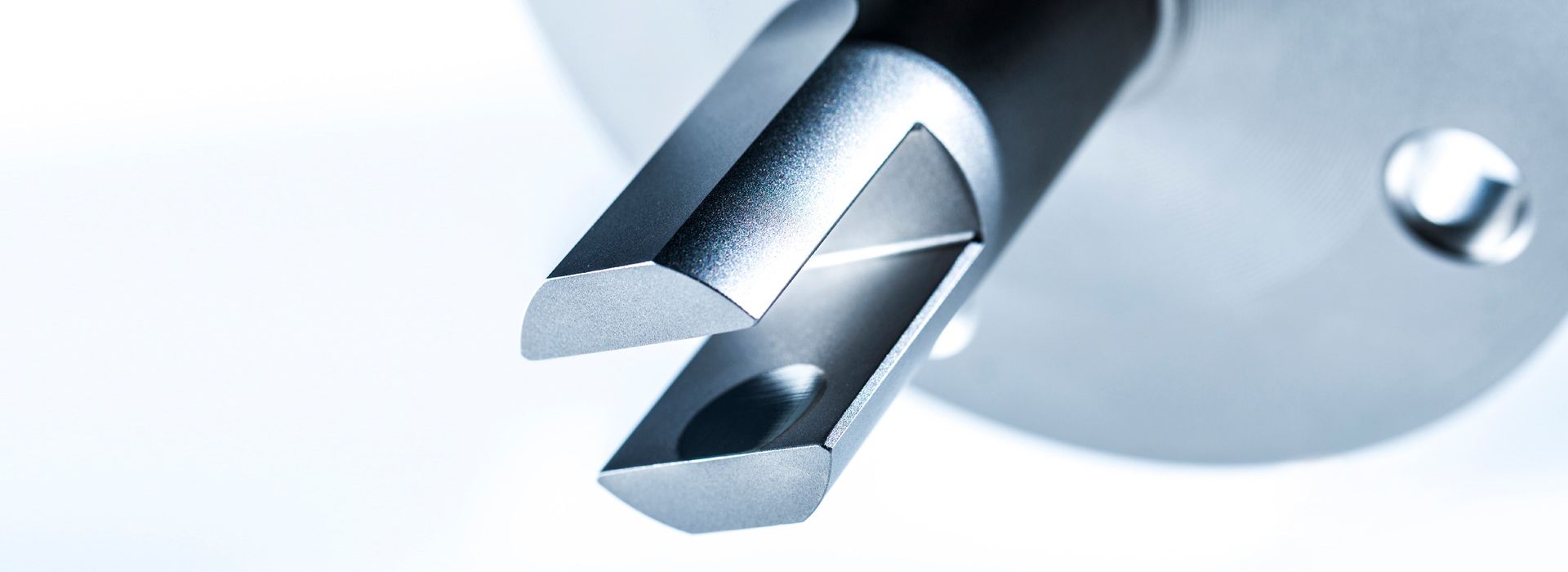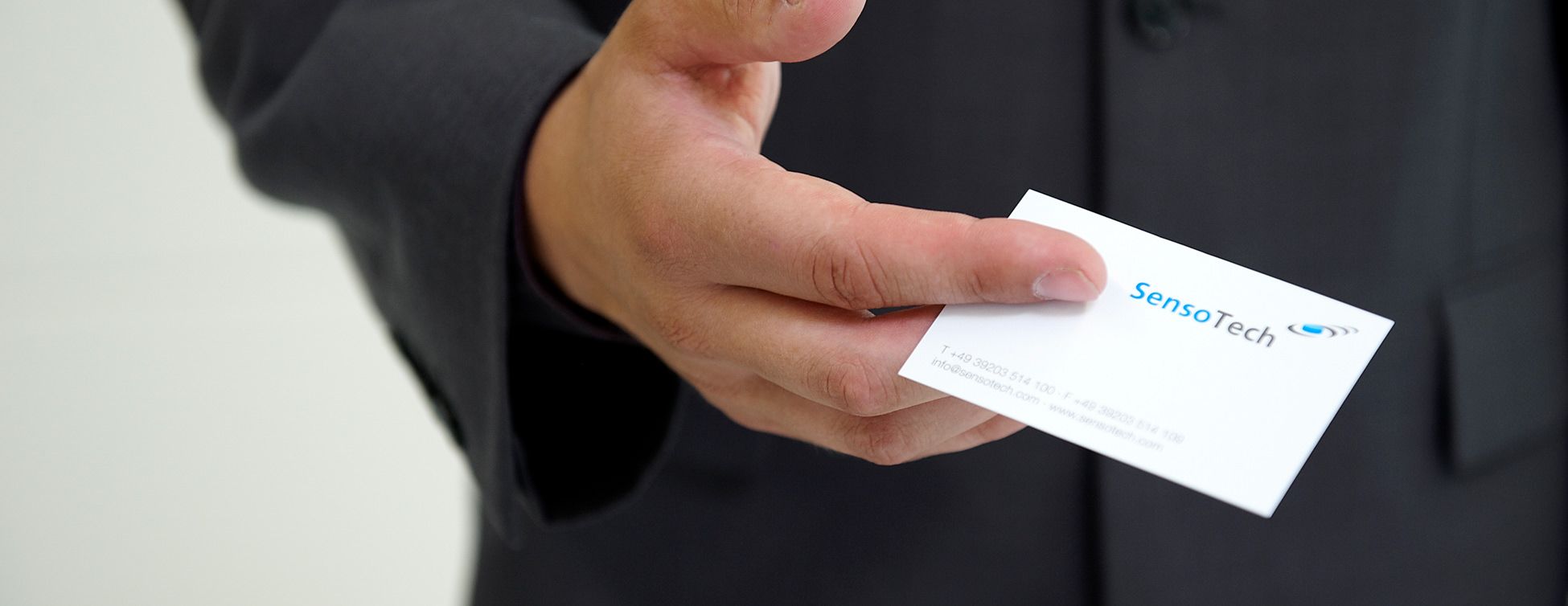Concentration measurement in acids
The concentration measurement in acids is an essential component of many chemical and industrial processes. It determines the concentration of an acid in a solution, which is crucial for understanding its chemical properties and reactions.
Among the most common acids used in chemistry are: Hydrochloric acid (HCl), sulfuric acid (H₂SO₄), nitric acid (HNO₃), acetic acid (CH₃COOH) etc.
Concentration measurements with LiquiSonic® Measuring devices
The LiquiSonic® Measuring systems enable inline concentration measurements of acids. The measurement technology can analyze the components of mixtures and provide information about concentration or density in real-time. The sensors are based on the principle of ultrasonic speed measurement. They are therefore almost maintenance-free and can reliably provide measurement values even under challenging conditions.
Measurement methods of LiquiSonic® for determining the concentration of acids
Our LiquiSonic® Measuring systems are based on the principle of sound velocity measurement and are used in various applications to measure the concentration of different acids.
To determine the sound velocity, a sound pulse is sent through the liquid, and the time is measured until the pulse reaches the receiver. Since the distance between the ultrasonic transmitter and receiver is constant by design, the sound velocity can be calculated.
Installation of LiquiSonic® Measuring systems
The LiquiSonic® Sensors can be installed directly into the user's system, for example, in pipelines, without a bypass. There are also various versions tailored to specific applications with distinct characteristics.
What is an acid?
Acids are chemical compounds that can release hydrogen ions (H+) in an aqueous solution. The acidity is measured in pH units, which range from 0 to 14. A pH of 7 is neutral, containing equal numbers of H+ and OH- ions. Values below 7 indicate acidic character, while values above 7 indicate basic character.
Most acids are soluble in water and can be corrosive or caustic depending on the concentration. An example of an acid is hydrochloric acid, which is widely used in industry and laboratories. It is important to be aware of the properties and effects of acids in order to handle these substances safely and effectively.
Which liquids can be measured?
As important components in numerous production processes, acids must be regularly tested to ensure their efficiency and quality. Various methods can be employed to test or improve specific properties.
One of the most commonly used acids is Hydrochloric acid (HCl), which is used for cleaning pipes and tanks. Sulfuric acid (H2SO4), a strong acid, is often used to lower pH values or as a cleaning agent for stainless steel. Other common acids are Nitric acid (HNO3), Phosphoric acid (H3PO4) and Hydrofluoric acid (HF), each with their specific applications. The choice of the right acid for the testing process depends on the type of liquid and the goals of the test. The correct application of acids helps to increase the efficiency and quality of process liquids and ultimately improve the quality of the final product.

How is the concentration of an acid determined?
The concentration of acids can be determined in various ways. Some common methods are:
- Sound velocity measurement: This method is based on measuring the speed at which sound waves travel through an acid solution. It is particularly suitable for acids with different molecular sizes and structures, as the speed of sound is influenced by these factors.
- Titration: In titration, the acid to be examined is mixed with a base of known concentration until a neutralization point is reached. This method is ideal for precise measurements but unsuitable for acids that do not fully react with the base or where side reactions occur.
- pH measurementThis method measures the hydrogen ion concentration in the solution to determine the acidity. It is effective in aqueous solutions but unreliable with very strong acids or in the presence of other ions that can affect the pH meter.
- Conductivity measurementHere, the electrical conductivity of the acid solution is measured, which depends on the ion concentration. This method is useful for ionic acids but inaccurate for non-ionic or weak acids as their ions do not sufficiently contribute to conductivity.
- SpectroscopySpectroscopic methods, such as UV-Vis spectroscopy, measure the absorption or emission of light in an acid solution. This is suitable for acids that absorb specific wavelengths but not suitable for acids without characteristic absorption bands.
- Density measurementThe density of an acid solution can provide insight into its concentration. This is particularly effective with pure acids or solutions with a known solvent, but problematic with mixtures or when density is influenced by other dissolved substances.
A classical method is titration, where a base with a known concentration is added to the sample until a neutralization point is reached. This method is often used in laboratories to determine the exact molarity of an acid. The advantages of titration are its high precision and reliability, while the disadvantages are the need for skilled operators and the time-consuming process.
Another common method is pH-metry, where the pH value of a solution is measured with a pH meter. This method is often used in industrial processes to monitor acid concentration in real-time. Advantages of pH-metry are its quick and easy handling and the possibility of continuous measurement. A disadvantage can be the need for regular calibration and maintenance of the pH meter.
Finally, there are spectroscopic methods such as UV/VIS spectroscopy, which are based on the absorption of light of certain wavelengths by acid molecules. This method is used in research and development to determine the concentration of acids in complex mixtures. Spectroscopic methods excel in their ability to detect even very low concentrations, but they are significantly more demanding in terms of the required equipment and expertise.
Applications of acid concentration measurements
In the chemical industry, acid concentration measurements played a crucial role in a variety of fields and applications. These measurements are of great importance for quality assurance and process control in various industries such as fertilizer production, petrochemical industry, pharmaceutical industry, food industry, water treatment and environmental protection, battery manufacturing, as well as metallurgy and ore processing.
The concentration measurements of acids make it possible to monitor the progress of chemical reactions, ensure product quality, and ensure that the manufactured products meet the required specifications. In the production of fertilizers, for example, the precise measurement of acid concentration is crucial to ensure that the right nutrients are present in the right quantities. In the petrochemical industry, such measurements help to monitor the effectiveness of catalysts and ensure product purity.
Concentration measurements of acids are indispensable in pharmacy as they allow the effectiveness of medications to be checked and ensure the correct dosage is administered. In the food industry, such measurements help with quality assurance and control of the acid content in various products. In water treatment and environmental protection, concentration measurements of acids are important to monitor pollution and ensure water quality.
In battery manufacturing as well as metallurgy and ore processing, concentration measurements of acids are used to monitor the composition of materials and optimize process efficiency.
Overall, concentration measurements of acids are fundamentally important to ensure product quality, process efficiency, and environmental safety across a variety of applications and industries.
Where is the concentration measurement of acids carried out?
In various manufacturing processes, the concentration measurement of acids plays an important role. Pipelines, in particular, are critical points as a too high concentration of acids can damage the pipes and cause leaks. Moreover, unwanted chemical reactions can be triggered, affecting both the quality of the final product and the safety of employees.
For this reason, regular monitoring of acid concentration through precise real-time measurements is indispensable. Various measurement methods, such as pH measurement or ion-selective measurement (ISE), are used. Concentration measurement is carried out not only in pipelines but also at other critical points in the process, such as tanks or reactors.


















